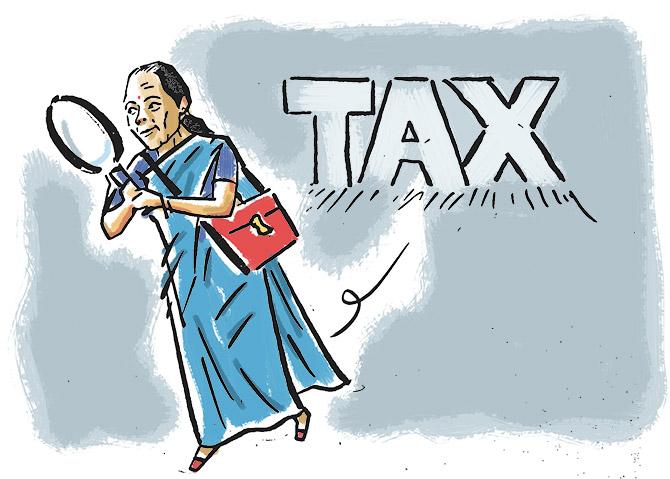While the ratio determines the extent to which the government is able to finance its expenditure, it is also an indicator of tax compliance. Developed countries have a higher contribution of tax to their GDP.

India’s tax-to-GDP ratio slid further in FY20 to a 10-year low of 9.88 per cent, driven by a decline in collections from Customs and corporation tax, while excise duty posted marginal growth.
The ratio stood at 10.97 per cent in FY19, and at 11.22 per cent in FY18.
It is only estimated to decline further, with revenues falling on account of a slump in economic activity.
While the ratio determines the extent to which the government is able to finance its expenditure, it is also an indicator of tax compliance.
Developed countries have a higher contribution of tax to their GDP.
Gross tax revenue fell 3.39 per cent in FY20, with a Rs 1.5-trillion shortfall in collections, as against the revised Budget target for the year.
It will need growth of 20.5 per cent in FY21 to meet the Budget target for the year. GDP growth for FY20 fell to an 11-year low of 4.2 per cent.
A higher tax-to-GDP ratio indicates the tax base is increasing along with growth in the GDP.
The government has taken a slew of measures to improve compliance, which include the introduction of GST and electronic assessment by tax officers.
A lower ratio, however, restricts the government’s capital spending, given that puts pressure on the fiscal deficit.
Corporation tax revenue fell 16 per cent in FY20 and Customs revenue declined by 7 per cent, even as excise collections grew 3 per cent.
India is way behind OECD members in terms of the tax-GDP ratio - an average of 34 per cent.
In fact, the share of tax revenue in the Centre’s revenue receipts fell to 81.3 per cent in FY20, from 85.8 per cent in the previous year and 84.3 per cent in FY18.
The direct tax to GDP ratio fell to the lowest in 14 years at 5.1 per cent, while indirect tax to GDP ratio was at a five year low in 2019-20.
Share of corporation tax in gross tax fell to at least a 10 year low of 27.7 per cent.
The share of customs in gross tax fell to 5.43 per cent in FY20 from 5.66 per cent in the previous year.
Aditi Nayar, principal economist, ICRA said that the cut in corporate tax rates compounded the impact of the economic slowdown on overall collections, whereas high gold prices shrunk gold demand, dampening customs duty inflows.
“We estimate a 30 per cent shortfall in central taxes relative to the budget estimate for FY21,” said Nayar.
The Central Board of Direct Taxes (CBDT) on Sunday clarified that the gross direct tax collection growth in 2019-20 was actually 8% at ?14,01,920 crore, but tax reforms worth ?1,68,200 crore last year led to a 5 per cent contraction in direct tax revenue.
The government had last year cut corporation tax rate to 25 per cent to promote private investment, however some did not avail the option as they would have had to forego their minimum alternate tax credits.
Former finance minister late Arun Jaitley had in a social media post in 2018 emphasised on the need to improve India’s tax-GDP ratio by another 1.5 percentage points.
The tax to GDP ratio had touched a high of 11.3 per cent in 2017-18.
“Despite higher compliances in new system, as far as the non-oil taxes are concerned, we are still far from being a tax compliant society.
"Salaried employees is one category of tax compliant assesses”, he said, adding that most other sections will have to improve their track record.”











